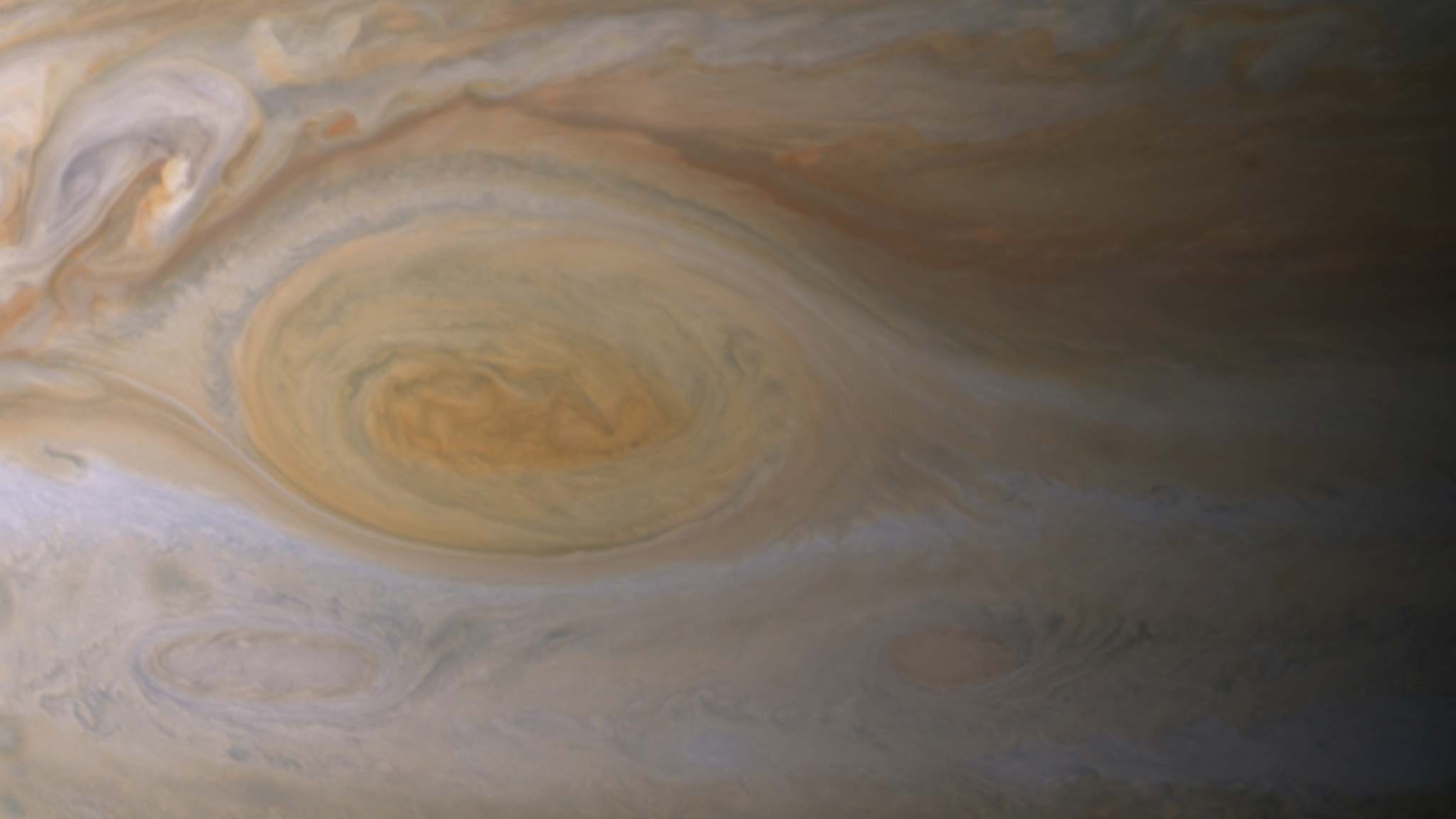See Jupiter & its' Great Red Spot

As Jupiter is still visible all night long this week you can try your best to see its' Great Red Spot on Friday, June 1 at 9:19 pm, and on Sunday, June 3 at 10:57 pm. All times are given in Eastern Daylight Time (EDT), so adjust for your local time zone. Try to look within an hour before or after the times.
Jupiter will shine bright in the southeastern sky after dusk. It will reach its highest elevation above the southern horizon around midnight local time, and then descend into the southwestern horizon before the Sun rises.
The bright star sitting just to the right of Jupiter is Libra’s (the Scales) brightest star, Zubenelgenubi. In binoculars or a small telescope, it splits into a closely spaced pair of stars.
The Great Red Spot takes about three hours to cross Jupiter’s disk. But the planet’s 10-hour rotation period (i.e., its day) means that the spot is only observable from Earth every 2–3 nights. If you’d like to see the GRS, use a medium-sized telescope (or larger). You’ll have your best luck on evenings with steady air — when the stars are not twinkling too much. The best times to try this week are: Friday, June 1 at 9:19 pm, and Sunday, June 3 at 10:57 pm. All times are given in Eastern Daylight Time (EDT), so adjust for your local time zone. Try to look within an hour before or after the times I’ve given.